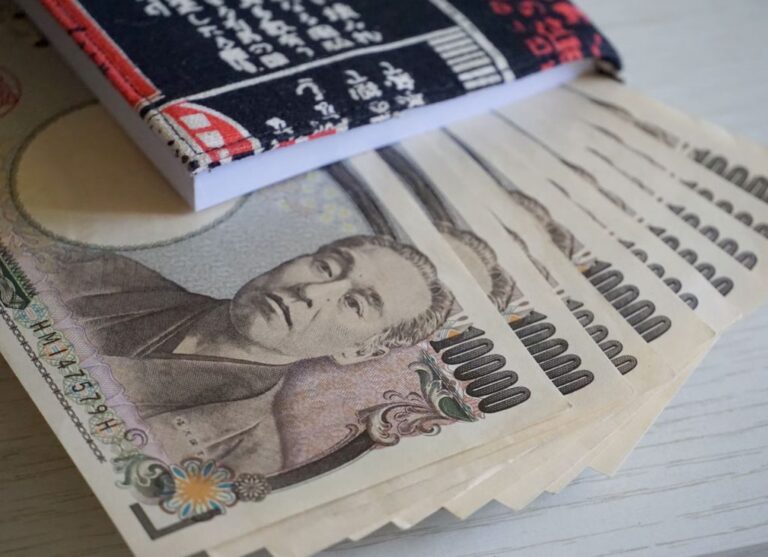
Morning Brief – Thursday 1st
Last night’s interest rate decision by the Federal Reserve in the United States was a messy one. In fact the decision itself was rather well presented by Chairman Jay Powell and the FOMC but markets’ interpretations of the decision seemed fraught with confusion. Equities, bonds and the US Dollar all moved in their own way as if they’d all received three different versions of the cut decision – just talk to each other!
Here’s what the United States’ monetary policy setting authority really did: 25 basis points (0.25%) were shaved off of the reward for holding cash at the central bank and, consequently, borrowing money from the central bank was made 25 basis points cheaper. In theory then, the Federal Reserve moved to decrease the price and increase the availability of cash in the US economy in a bid to sustain the strong economic growth that the States has produced in recent years. On top of that, the Fed brought forward a planned pause to the asset purchase reduction program. Since the financial crisis the bank had managed to accrue $4.5tn worth of assets purchased in order to provide special liquidity within US markets. This holding has been gradually unwound since October 2017 when the Bank announced its balance sheet normalisation program. Now this program is on hold meaning that the central bank, which had until yesterday been selling these assets back to the market and removing liquidity, will sit tight and turn the pump off briefly.
A legendary London School of Economics engineer turned economist in times past at the Bank of England once made the rather wonderful water machine to help influence monetary policy decision making. The principle was simple: a main tank demonstrated the so-called “pool” of liquidity showing the money supply in the economy at any one time – the higher the tank, the cheaper and more available money was; if water levels were low then cash was scarce and expensive. Taps putting money in modelled interest rate deviations lower than the so-called neutral rate and pumps out modelled rates above this level, employed when money is made more expensive by the bank. Other pumps and hydraulics monitored quantitative easing and other tweaking policies. What happened yesterday in the United States was that a semi-full main pool of liquidity already in the US tank had the interest rate tap turned on, but only slightly. The pump that dragged water out whilst the balance sheet was unwound was switched off – the result? Well, overall there’s going to be a little more water in the economy and the reward for money and the cost of borrowing it both fall.
If the reward for Dollars, the asset underlying the US economy, falls then so too should the demand for the currency. But it didn’t.. The reason why is because markets were expecting and calling for more stimulus than they actually received. So although the pool got ever so slightly deeper it is still more shallow than where investors and traders had believed it would be when the decision was announced. So in fact, versus the consensus and expectation, the reward for holding USD today is higher than they’d believe it would be when they woke up today. As a consequence, Dollars shed were once again purchased back during the decision as the Fed surprised markets. The framing of this decision by Jay Powell as a mid-cycle adjustment instead of the beginning of a cutting cycle in addition the descent of Esther George, president of the Kansas City Fed, and Eric Rosengren, president of the Boston Fed, who voted against the cut, further dragged the Fed short of markets’ expectations.
Here’s the real stuff that you’ve scrolled through 4 paragraphs to read: Trump might get his way. Why did Powell cut with superb economic numbers right in front of him? Why did he have to use the justification of a global uncertainties and ignore the record low US unemployment and decent inflation figures? Because the markets made him! A chunky sell of in US equities overnight showed the FOMC, the policy setting board, that they’re not impressed by his failure to deliver on their expectations. So if equity prices do fall and yields continue to fall, the Fed will once again fall at markets’ feet and give them the cutting cycle they’re asking for. Framing this as a mid-cycle cut when markets think it’s twilight for this cycle of US economic expansion is seriously smart – it gives you more space should looser monetary policy still be demanded at their September meeting and into 2020. But don’t be fooled the Dollar overnight has tested two year highs once again but it could all unwind by the next meeting with the potential for serious USD weakness back on the table. Powell has blinked and the market could sense blood. Watch out for that all-important 2% level on the US 10-year bond for an indication.
Today is the turn of the Bank of England and as Boris’ Chancellor, Sajid Javid (yes that still feels wrong to write), is set to pledge £2.1bn as a protection fund to a hard Brexit, the issue of the cost of borrowing money is growing ever more important. A degree of short covering yesterday cushioned the Pound nicely, rising parabolically throughout the afternoon session, but with the US Dollar’s advance overnight we’re back down at the lows on cable. Any sign the English Bank blinks too and we’ll drift further away from Sterling’s lower bound setting the path to an even greater fall in the Pound.
Discussion and Analysis by Charles Porter

Click Here to Subscribe to the SGM-FX Newsletter
Related Insights

Morning Brief – Japanese Yen
Japanese Yen With JPY at a new 34 year low versus EUR, the market is set for an ambush by the Bank of Japan if it acts today at the end of their Policy Meeting to support the Yen. The reason that the market is susceptible is because it has convinced itself that the BoJ […]

Morning Brief – Milan, Italy
Milan, Italy The City of Milan has a late night noise problem and so it has acted unilaterally to resolve it-Italian style. A ban on the sale of take away food including ice cream and pizza after midnight is being imposed to protect the “peace and health of residents.” Here in the UK late night […]

Morning Brief – British Pound
British Pound Reports that the UK may cut its interest rates before the USA cut their interest rates were the final straw this past week for Sterling. A slew of less than helpful inflation, employment and finally retail sales saw GBP weaker , but then the suggestion that with the background of that less than […]



 Humphrey Percy
Humphrey Percy